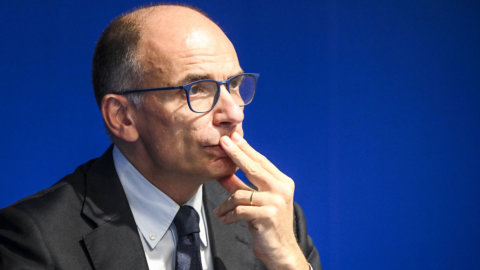How many hours do teachers work? The question has bounced from street protests to the network, from newspapers to public opinion. The meticulous count of two Milanese middle school teachers has even reached the record figure of 1756 hours per year, equal to about 40 hours per week. A new form of protest was staged in a high school in Arona, a sort of reverse strike, which brought teachers and pupils into the classroom even in the afternoon to discuss and explore the topics covered in the morning without doing homework. The slow school in Arona is a demonstrative act, limited to one day a week until Christmas, but it re-proposes virtuous models such as the one suggested by the Obama administration in the school year reform pilot project which will be adopted by some schools in five American states and which provides 300 hours of additional lessons per year. And why not remember that already in 2006 a survey by the Province of Bolzano showed that the effective work of a teacher fluctuates between 36 and 38 hours per week?
The real problem, however, is another: not that of the timetable but that of the teacher's professionalism and the effectiveness of the school system. Both questions have come back to the fore after the presentation of The Learning Curve research, conducted by Pearson, the largest British publishing house, and by the "Intelligence Unit" of the Economist. An extensive research on the state of education and its employees in the world, which has correlated numerous variables, offering a valuable analysis tool for specialists in the sector, difficult to reduce to the vulgate given by the media.
However, the central issue remains the placement of the values relating to the results of Italian students and the prestige of the teaching profession, placed respectively at 27th and 24th place. Of course, the initial reading of some research data also led to the impromptu drafting of dream books on the Italian school, equally distributed among those who declare - such as Il Sole24ore - that more investments are needed and those who hope future - and perhaps superfluous - reforms .
The reality is simpler and more disheartening and can be summarized as follows: a contract firm in its substance 40 years ago together with the rules on the self-government of schools, a Taylorist vision of the profession, stiffened in the extremist defense of the school's 18 lesson hours superior, a visceral opposition to any form of evaluation and meritocracy among teachers but, on closer inspection, also towards students, given the self-referentiality of schools and the absence of a "third party" evaluation, a viscous web of bureaucracy and empty technicality. These are the real obstacles to the development of an education and training system that can make our school modern and competitive.




